We use cookies to make your experience better. To comply with the new e-Privacy directive, we need to ask for your consent to set the cookies. Learn more.
VM-850 Utility Locator
Choosing the right frequency is essential for accurately detecting underground utilities. The utility’s depth, dimensions, composition, and the level of surrounding utility congestion are all critical factors in selecting the appropriate frequency. Pipes with a large diameter that are buried directly and have bell housing ends, which utilize insulators and rubber gaskets, such as those for water or gas lines, require a higher frequency for detection.
Selecting the appropriate frequency is crucial for the effective detection of underground utilities. Factors such as the utility’s depth, size, composition, and the density of surrounding utilities must be considered to choose the right frequency. For instance, large diameter pipes that are directly buried and feature bell housing ends with insulators and rubber gaskets, like those used for water or gas, necessitate a higher frequency. Conversely, utilities with a smaller diameter that are well-grounded, directly buried, or span long distances within conduits are better suited to a lower frequency.
The VM-850 operates at a significantly lower frequency of 9.82kHz, making it optimal for locating smaller utilities like CATV, power, and telephone lines, with minimal signal interference with nearby services.
The Distance Sensitive Left/Right Guidance™ technology allows the locator to determine which antenna is picking up the strongest signal, guiding the user to the precise location above the underground line.
Key Features
- Simple – Single button operation
- Intuitive – Distance Sensitive Left/Right GuidanceTM
- Efficient – “Real Time” fully automatic gain
- Accurate – Depth and current readout
- Compact – Lightweight rugged design
- Rechargeable Li-ion battery – Li-ion battery in the VM-850 transmitter

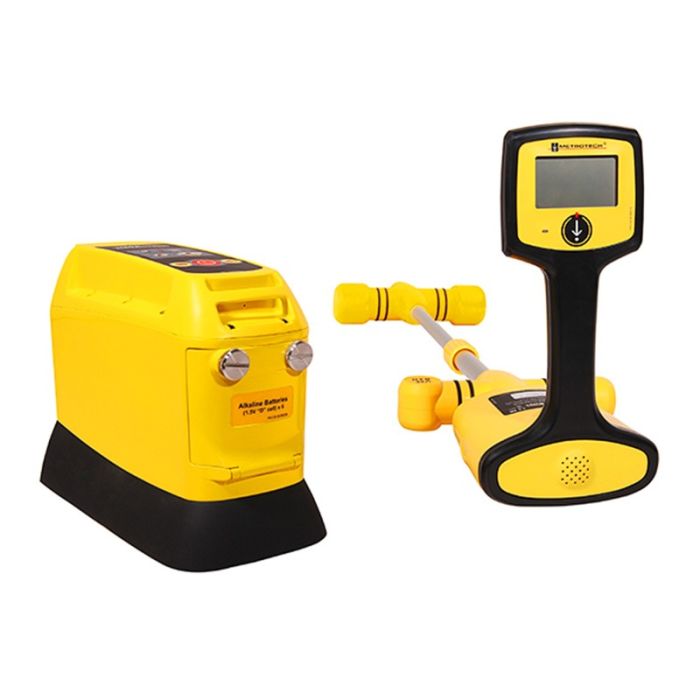
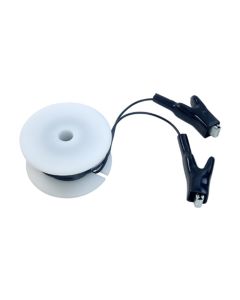
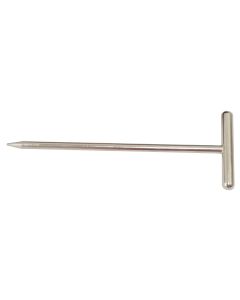

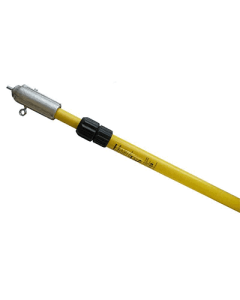


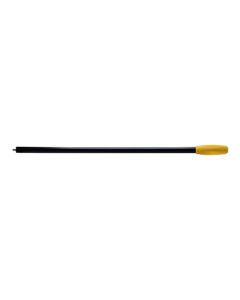

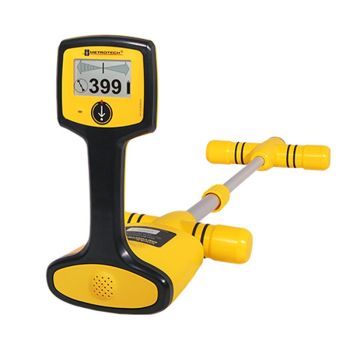


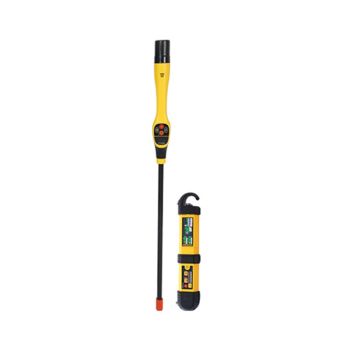


Validate your login